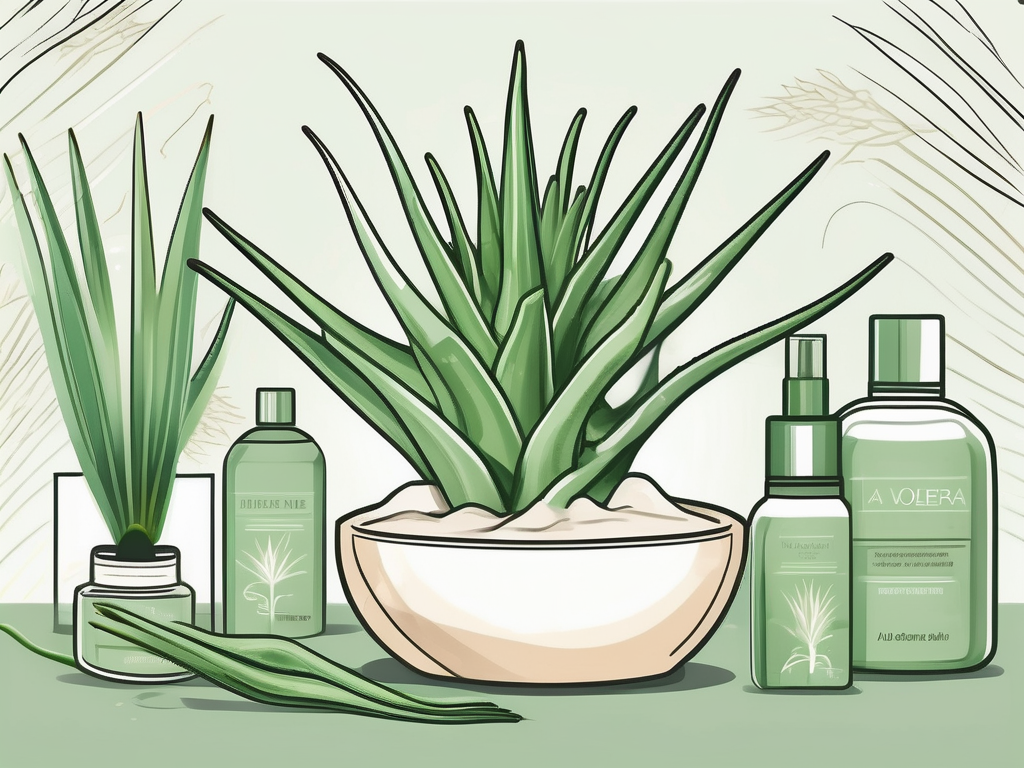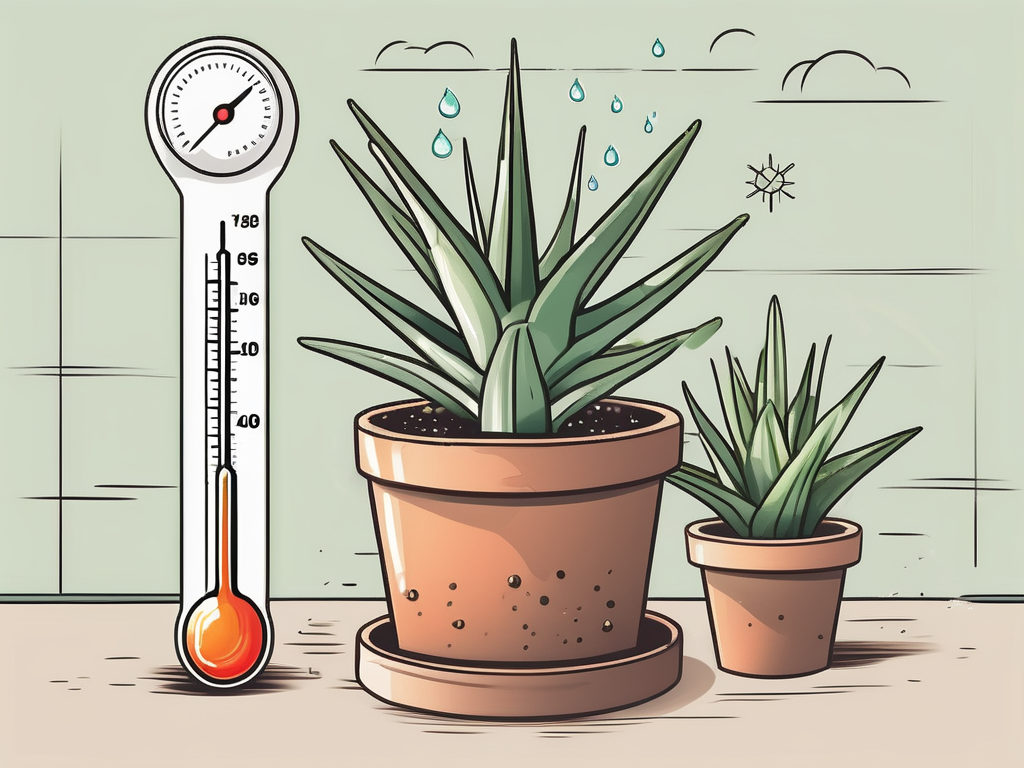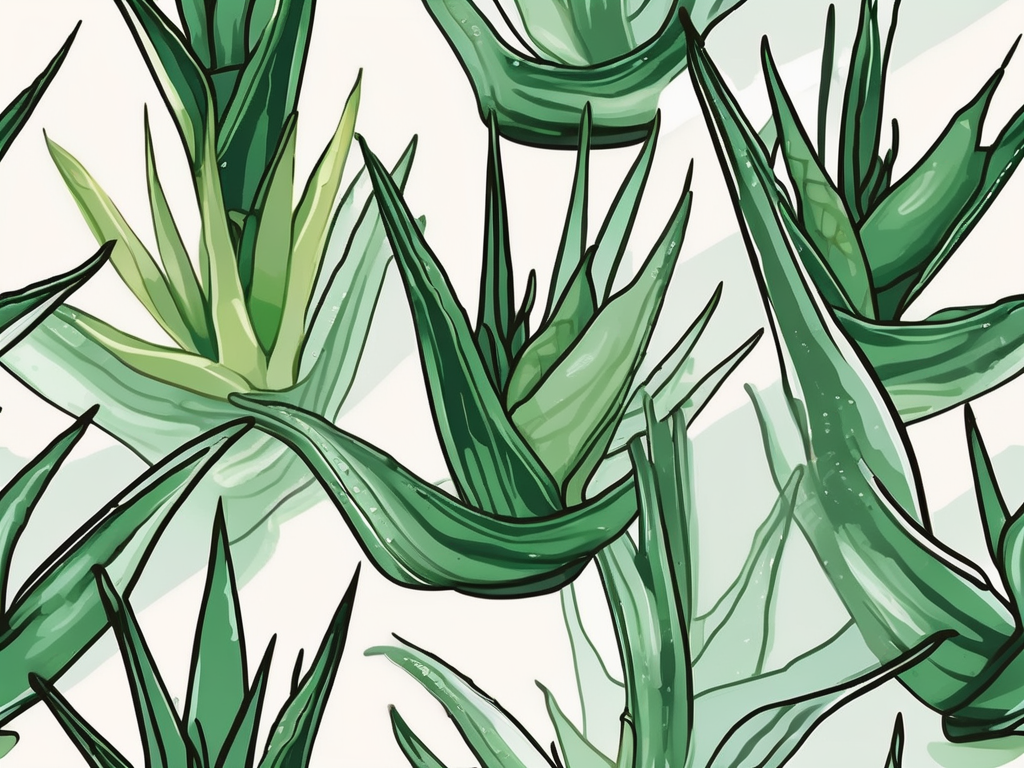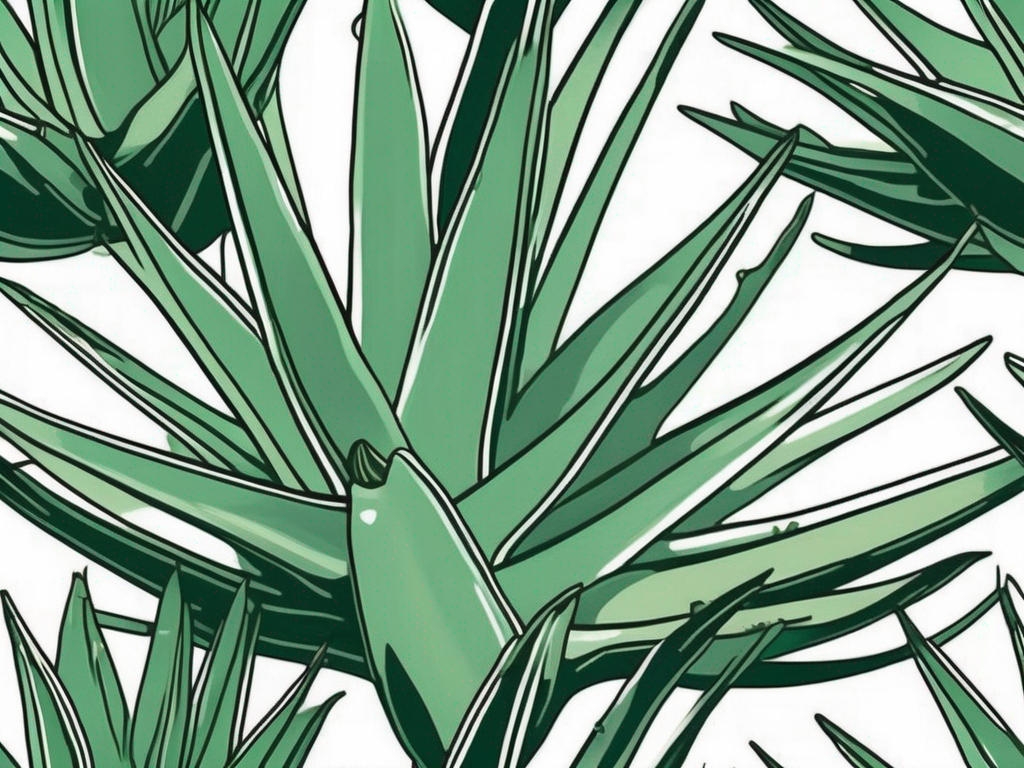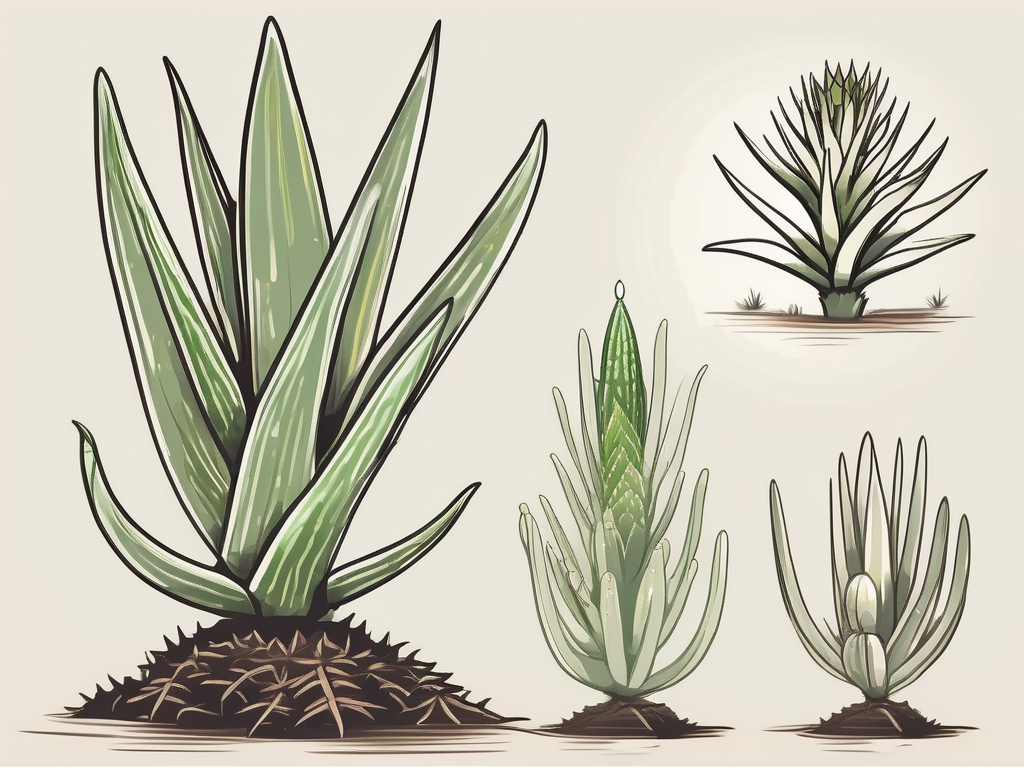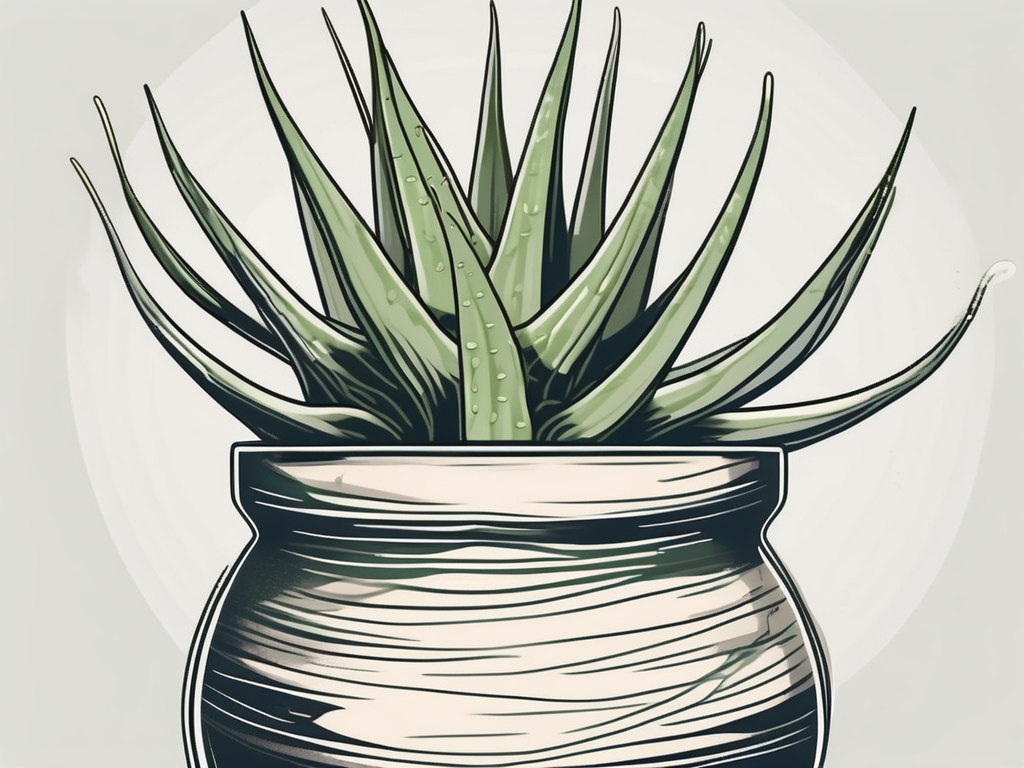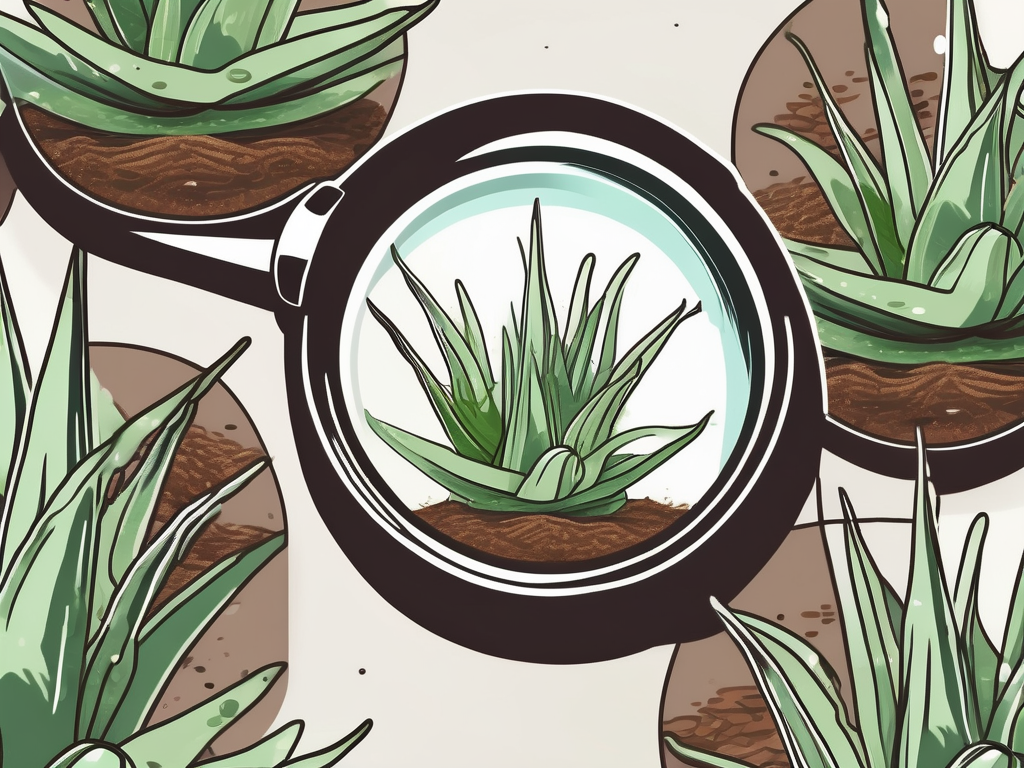
Aloe vera, with its spiky, fleshy leaves and medicinal properties, is a beloved plant in many households. But while most people focus on the gel within the leaves, the roots of the aloe vera plant often go unnoticed. Yet these roots play a vital role in the health and vitality of the plant.
This article will explore the world beneath the soil, shedding light on the importance of aloe vera roots. We'll discuss their functions, how to care for them, and why understanding them is crucial for keeping your aloe happy and healthy.
The Role of Aloe Vera Roots
Roots are the unsung heroes of any plant, and aloe vera is no exception. They serve several essential functions that keep the plant thriving. First and foremost, roots anchor the plant to the soil, giving it stability. Without a strong root system, your aloe might topple over, especially when it grows larger.
Moreover, roots are responsible for absorbing water and nutrients from the soil. Aloe vera, being a succulent, doesn't need as much water as other plants, but it still relies on its roots to draw in moisture and vital nutrients. These nutrients are essential for the plant's growth, helping it to develop those thick, juicy leaves we all admire.
Interestingly enough, aloe roots also play a role in the plant's ability to reproduce. In many cases, a healthy root system can lead to the development of offsets or "pups," which are small clones of the parent plant. These can be separated and potted independently, giving you an entirely new plant to enjoy or share with friends.
Signs of Healthy Aloe Vera Roots
So, how can you tell if your aloe vera roots are in good shape? It’s not like we can see them without some digging! Well, there are a few tell-tale signs you can look out for. A thriving aloe will typically have firm, white, or light-colored roots. These indicate that the plant is absorbing the right amount of water and nutrients.
Additionally, the leaves of the plant will be plump and firm. When the roots are doing their job correctly, the aloe will have healthy-looking foliage. If you notice your aloe looking a bit sad or wilted, it might be time to check what's going on below the surface.
Another sign of healthy roots is the growth of new pups. As mentioned earlier, if your plant is pushing out new little aloes, it's a good indication that the root system is strong and functioning well. These pups are a sure sign that your plant is not just surviving, but thriving.
Common Problems with Aloe Vera Roots
Unfortunately, aloe vera roots can run into trouble, just like any other plant part. One of the most common issues is root rot, usually caused by overwatering. Aloe vera prefers its soil to dry out between waterings, and too much water can suffocate the roots, leading to decay.
Root rot can be tricky to identify because the symptoms often appear in the leaves first. You might notice your aloe turning mushy or its leaves turning brown or yellow. If you suspect root rot, gently remove the plant from its pot and inspect the roots. Rotting roots will be dark, slimy, and may even give off a foul odor.
Pests can also affect the roots, though it's less common. Mealybugs, for example, might target the roots, causing damage and preventing the plant from absorbing water and nutrients effectively. Keeping an eye on your plant's overall health and inspecting the roots occasionally can help you catch these issues early.
Caring for Aloe Vera Roots
Taking good care of your aloe vera roots is crucial for a healthy plant. The first step is choosing the right soil. Aloe vera prefers a well-draining soil mix, often a combination of potting soil, sand, and perlite. This mix ensures that excess water doesn't linger around the roots, reducing the risk of root rot.
Watering is another critical aspect of root care. Aloe vera doesn't need frequent watering—typically once every two to three weeks is sufficient, depending on the humidity and temperature of your home. Always let the soil dry out completely between waterings.
When it comes to repotting, aloe vera doesn't need it often. Every couple of years should suffice, or when the plant has clearly outgrown its current pot. Choose a container with drainage holes to prevent water from pooling at the bottom, which can harm the roots.
Propagation: Making More Aloes
One of the joys of owning an aloe vera plant is the ability to propagate it and create new plants. As mentioned earlier, a healthy root system will often produce pups. When these pups are a few inches tall and have their own roots, you can separate them from the parent plant.
To do this, gently remove the entire plant from its pot and carefully tease the pups away from the parent plant's roots. Use a clean, sharp knife if necessary to avoid damaging the roots. Allow the pups to dry out for a day or two before planting them in their own pots with fresh soil.
Propagation is not only a fun way to expand your plant collection, but it also keeps the parent plant from becoming overcrowded, which can stress the root system. Plus, it's a great way to share your love of plants with friends and family!
Repotting: When and How
Repotting your aloe vera is an essential part of its care, although it doesn't need to be done frequently. Typically, every two to three years is sufficient, or when you notice the plant has outgrown its pot. Signs that your aloe might need repotting include roots coming out of the drainage holes or the plant looking top-heavy.
When choosing a new pot, opt for one that is only slightly larger than the current one. This prevents excess soil from retaining moisture, which could lead to root rot. Ensure the pot has drainage holes to allow excess water to escape.
To repot, gently remove the plant from its existing pot. You may need to tap the sides or loosen the soil with a tool to free the roots. Once out, examine the root system and trim any dead or rotted roots with a clean pair of scissors. Place the aloe in the new pot, fill it with fresh soil, and water lightly to help it settle in.
Choosing the Right Pot for Aloe Vera
The pot you choose for your aloe vera can make a significant difference in its health. Terracotta pots are often recommended because they are porous, which helps the soil dry out between waterings. This is ideal for succulents like aloe vera, which don't enjoy sitting in water.
Size is also important. A pot that's too large can hold too much moisture, while one that's too small can restrict root growth. Aim for a pot that allows about an inch of space around the plant's root ball.
Lastly, aesthetics matter too! Choose a pot that complements your decor, allowing your aloe vera to shine as both a plant and a piece of your home's design. After all, plants aren't just for health—they're for beauty too.
Soil Requirements for Aloe Vera
As mentioned earlier, aloe vera prefers well-draining soil. This helps prevent the roots from sitting in water, which can lead to rot. A cactus or succulent potting mix is often the best choice, as it contains the right balance of nutrients and drainage.
If you can't find a suitable mix, you can make your own by combining regular potting soil with sand and perlite. This mixture allows water to drain quickly while still providing the nutrients aloe vera needs.
It's also essential to ensure your soil is pH balanced. Aloe vera prefers a slightly acidic to neutral pH, typically around 6.0 to 7.0. You can test your soil's pH with a simple kit and adjust as needed with amendments like lime or sulfur.
Final Thoughts
Understanding the importance of aloe vera roots is key to keeping your plant healthy and vibrant. From anchoring the plant to absorbing nutrients and water, roots are at the heart of a thriving aloe vera.
At Cafe Planta, we offer a variety of houseplants and everything you need to care for them. Whether you're an experienced plant parent or new to the world of greenery, we're here to help. Feel free to email us with your questions, or connect with us on Instagram. Let's grow together!













